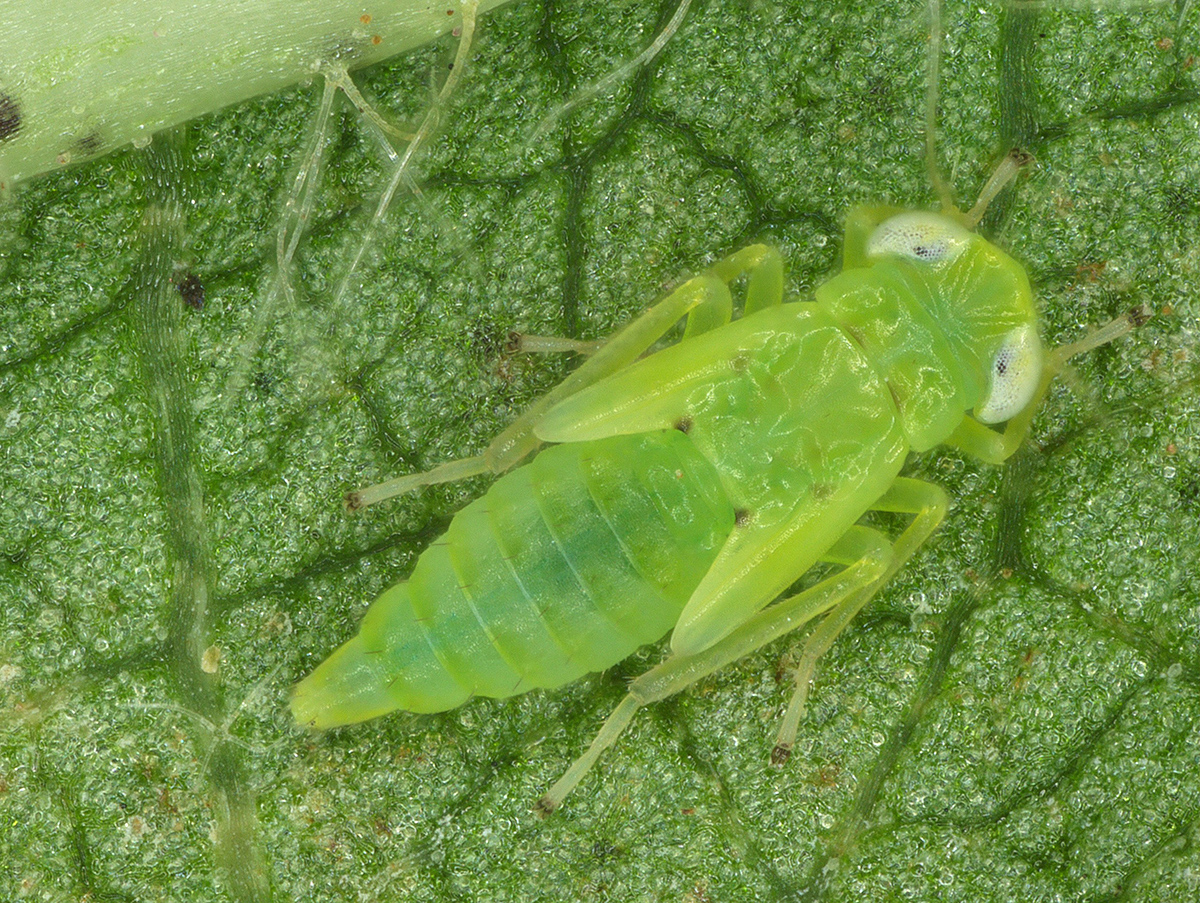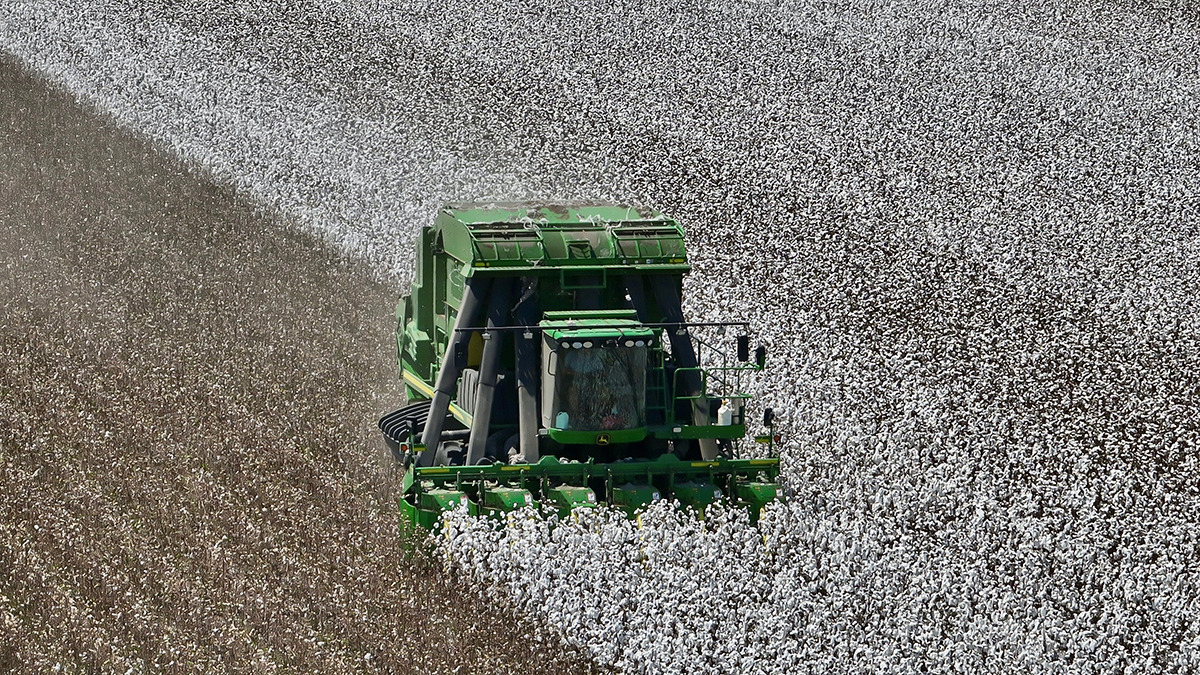New Texas A&M dual-purpose cotton variety can be used for food, fiber
FDA approves ultra-low gossypol cottonseed for human, animal consumption

The U.S. Food and Drug Administration has given the green light to ultra-low gossypol cottonseed, ULGCS, to be utilized as human food and in animal feed, something Texas A&M AgriLife researchers have been working on for nearly 25 years.
Keerti Rathore, Ph.D., a Texas A&M AgriLife Research plant biotechnologist in the Texas A&M Institute for Plant Genomics and Biotechnology and Department of Soil and Crop Sciences, College Station, and his team have developed, tested and obtained deregulation for the transgenic cotton plant – TAM66274.
TAM66274 is a unique cotton plant with ultra-low gossypol levels in the seed, which makes the protein from the seeds safe to consume, Rathore said, but also maintains normal plant-protecting gossypol levels in the rest of the plant, making it ideal for the traditional cotton farmer.
Patrick Stover, Ph.D., vice-chancellor and dean for the College of Agriculture and Life Sciences and director of AgriLife Research, said this is research with a direct, positive impact on the world’s food supply.
“This demonstrates how we can make a difference in enhancing the nutritional quality of the food system for those in greatest need, while enhancing the profitability of agriculture production,” Stover said. “Our goal is to advance sustainable agriculture in Texas and around the world, and this new protein source is yet another step in that direction.”
Cottonseed as a food source
If adopted by the cotton growers worldwide, ULGCS has the potential to make a significant impact on nutrition security, especially in the poor, cotton-growing countries, Rathore said.
“The amount of protein locked up in the annual output of cottonseed worldwide is about 10.8 trillion grams,” he said. “That is more than what is present in all the chicken eggs produced globally, and enough to meet the basic protein requirements of over 500 million people.”
This FDA approval is only the fifth for a university-developed, genetically engineered crop in the last 25-year history of genetically modified products in the U.S., and is the first for a Texas university, Rathore said.
Except for a few countries, most cotton producing countries, particularly in Asia and Africa, suffer from hunger and malnutrition, Rathore said. Up to now, the ability to utilize protein-rich cottonseed for food or even as feed for the non-ruminants was not possible because of the presence of a toxic terpenoid, gossypol.

With the development and approval of the ULGCS, gossypol is no longer a deterrent.
The human food ingredients from TAM66274 cottonseed can be roasted cottonseed kernels, raw cottonseed kernels, cottonseed kernels, partially defatted cottonseed flour, defatted cottonseed flour and cottonseed oil
When used in animal food, the appropriate name for dehulled cottonseed derived from TAM66274 cotton is “low gossypol dehulled cottonseed,” and the appropriate name for dehulled cottonseed meal derived from TAM66274 cotton is “low gossypol dehulled cottonseed meal.”
Rathore said initially low-gossypol cottonseed protein can be used by two of the most efficient systems to convert feed protein into edible animal protein: aquaculture and the poultry industry.
“Both of these industries are experiencing high rates of growth and are likely to continue growing for the foreseeable future,” he said.
Steps to a new protein source
Getting to this point took approval from two areas of government. First, non-regulated status for TAM66274 was required by the U.S. Department of Agriculture’s Animal and Plant Health Inspection Service. Then, FDA approval was needed.
“This approval from FDA enables cultivation and use of this promising new cottonseed product within the U.S.,” Rathore said.
The research was supported by funds from Cotton Inc. and AgriLife Research.
Kater Hake, Ph.D., vice president of agricultural and environmental research at Cotton Inc., said gossypol suppression in cottonseed has been part of their funded research portfolio for over 30 years.
“It took time to tap the innate protein potential in the seed; time for the right technologies to develop; and time for the right research team to come along.”
Building a market
The next step, Hake said, is to get cotton farmers and the industry around the world to begin growing and marketing the special variety.
Tom Wedegaertner, director of cottonseed research and marketing at Cotton Inc., explained the dedication to this research project, saying gossypol in the leaves and stalks of the cotton plant serve as a pest deterrent, but its presence in the seed serves no purpose.
“The more widespread use of cottonseed as a livestock feed and even for human consumption has been stymied by the natural levels of gossypol in the seed,” Wedegaertner said. “Now we have the ability to utilize the protein.”
Hake said with the full deregulation approval in place, “We can now demonstrate the value of a novel food source to cottonseed processors and seed companies who are essential to purchasing and delivering the seed to cotton growers.”
More bang for the cotton buck
With expanded use of ULGCS for human nutrition either directly as food or indirectly as feed, the cotton plant can potentially become a dual-purpose crop that will be cultivated not only as a source of natural fiber, but just as much for its seed to be used as a source of oil as well as protein, Rathore said.
Importantly, he said, the ULGCS makes available a vast source of protein without bringing additional land under the plow or an increase in the input costs.
Another potential benefit, Rathore said, is that ULGCS, by serving as a substitute for fishmeal, will positively impact the environment by reducing pressure on the severely strained supply of small, wild-caught ocean fish used as a source of feed in fish farms.
Also, by serving as a source of protein, it could reduce agricultural land-clearing in the Amazon and other places to provide space to grow more soybeans to satisfy the rising demand for protein for the growing population.
“Thus, we believe ULGCS represents a unique biotech trait that will benefit farmers, the cottonseed processing industry, the environment and human health,” he said.
Reducing malnutrition
Ultimately, though, Rathore’s goal is for global adoption of TAM66274 to help address protein malnutrition in impoverished parts of the world that cultivate cotton.
Human nutrition trials conducted in some Central and South American countries, Western Africa, Asia and the U.S. in the 1960s through the 1980s show that with substantial reduction or complete elimination of gossypol, cottonseed protein can play a direct and significant role in alleviating protein-calorie malnutrition in a populace suffering as a result of inadequate nutrition.
“It is my hope, as we move forward in the commercialization process, that the protein derived from ULGCS remain affordable as a supplement in protein-poor diets,” Rathore said.





